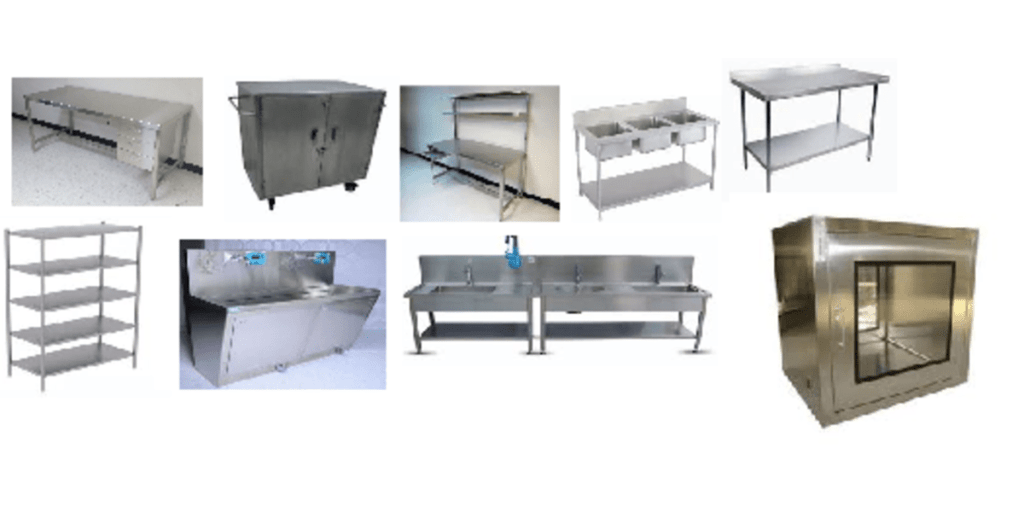

CSSD FURNITURE
CSSD – Furniture are play a crucial role for sterile safety and hospital infection ratio calculation. The Central Sterile Services Department (CSSD) at any hospital plays a pivotal role in patient safety through incorporating infection prevention and control principles with validated decontamination processes. This is to ensure safe medical equipment and devices for delivering surgery and patient care services. The treatment process of the CSSD for medical devices specifically includes recycling, classification, cleaning, disinfection, drying, testing and maintenance, packaging, sterilization, storage, and distribution. Cleaning, sterilization, and packaging have direct effects on patient safety.
Features
- Material Durability: Select furniture made from high-quality, corrosion-resistant materials for long-lasting use in sterile environments.
- Design and Functionality: Ensure the furniture is ergonomically designed and meets the functional needs of sterilization processes.
- Ease of Cleaning: Choose furniture with smooth surfaces and minimal crevices for easy and effective cleaning and disinfection.
- Compliance: Verify that the furniture meets relevant healthcare standards and regulations for safety and hygiene.
- Customization Options: Look for furniture that can be tailored to fit specific workflow and spatial requirements in the CSSD (Central Sterile Supply Department).
- Modularity and Flexibility: Opt for modular pieces that can be easily reconfigured to adapt to changing workflows and space requirements.
- Accessibility: Choose furniture that provides easy access to all areas for efficient handling and processing of sterilized items.
- Load Capacity: Ensure the furniture can support the weight and volume of items typically processed in the CSSD.
- Integration with Technology: Consider furniture that accommodates or integrates with existing sterilization and tracking technologies for improved efficiency.

